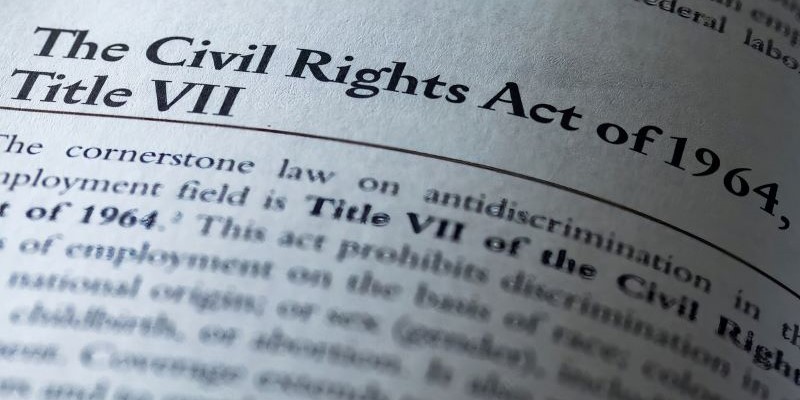| By J. Robert Parks |
In the 1950s and early 1960s, most of the advances in civil rights for Black people occurred because of the tireless efforts of activists and the decisions of the Supreme Court. Actual legislative changes were few and far between. That was particularly true at the federal level, where many of the leaders in Congress were southern Democrats who were willing to bury or filibuster any legislation that might disturb the status quo. That finally changed, however, in the summer of 1964 when President Lyndon B. Johnson was able to steer the Civil Rights Act through Congress. This week marks the sixtieth anniversary of its passage on July 2, 1964. Librarians and educators looking to celebrate its impact will find numerous resources in Gale In Context: U.S. History.
President John F. Kennedy had tried to get a civil rights act passed the summer before, as Eugene “Bull” Connor’s response to the Birmingham Campaign provoked national outrage and greater sympathy for the civil rights movement. That wasn’t enough to motivate Virginia Rep. Howard Smith, however, who used the House Rules Committee to bottle up the bill. Even the March on Washington for Jobs and Freedom at the end of the summer made no difference.
Tragically, what did make a difference was the assassination of Kennedy on November 22, 1963. Not only did that push some legislators to believe it was finally time for a change, it also brought Lyndon Johnson to the presidency. Johnson had been Senate Majority Leader for six years and knew how Congress worked. He also had relationships with key members and a forceful negotiating style. Over the first six months of 1964, the legislation made its way through various committees while avoiding the Senate Judiciary Committee which was controlled by a staunch segregationist.
Even as the bill headed toward passage, its opponents tried to derail it by including the word “sex” in its Title VII clause. This section prohibited employment discrimination based on race, color, religion, sex, and national origin, and segregationists believed that some of the bill’s advocates would balk at voting for legislation that outlawed discrimination against women. In the end, neither that nor one of the longest filibusters in Senate history could stop the bill from passage. The legislation that had been designed to protect the rights of Black people also became a significant tool in advancing the rights of women.
Although the Civil Rights Act was certainly not a cure-all for the discrimination that Black people and women faced, it has had a tremendous impact. It provided new ways for both individual plaintiffs and the U.S. Justice Department to challenge segregation and discrimination in a variety of settings, including educational institutions, hotels, restaurants, and other public accommodations. The legislation also established the Equal Employment Opportunity Commission to investigate complaints of discrimination in the workplace, and many companies and organizations established affirmative action programs to try to overcome the systemic discrimination that people of color and women had faced. Gale In Context: U.S. History includes hundreds of primary sources, including landmark legislation such as the Civil Rights Act of 1964.
The legislation has also been the basis for numerous landmark Supreme Court decisions. These included Heart of Atlanta Motel v. United States and Katzenbach v. McClung, which involved discrimination in public accommodations such as motels and restaurants. Decisions such as United Steelworkers of America v. Weber decided whether affirmative action programs were consistent with the Civil Rights Act. Griggs v. Duke Power Company determined that the Civil Rights Act can prohibit discrimination in employment, even if that discrimination is unintentional. In later years, the Court used Title VII to broaden the kinds of discrimination against women that were prohibited, such as employment restrictions against pregnant women. Title VII was also used to prohibit sexual harassment that created a hostile work environment. Gale In Context: U.S. History includes extensive coverage of Supreme Court cases that have shaped society throughout the years.
The fight against racial and gender discrimination continues, of course, and sometimes it can feel like progress is slow. But students in 2024 might be amazed at the kind of discrimination that people of color and women faced in 1964. That contrast between then and now is due at least in part to the Civil Rights Act of 1964.
About the Author
J. Robert Parks is a former professor and frequent contributor to Gale In Context: U.S. History and Gale In Context: World History who enjoys thinking about how our understanding of history affects and reflects contemporary culture.


